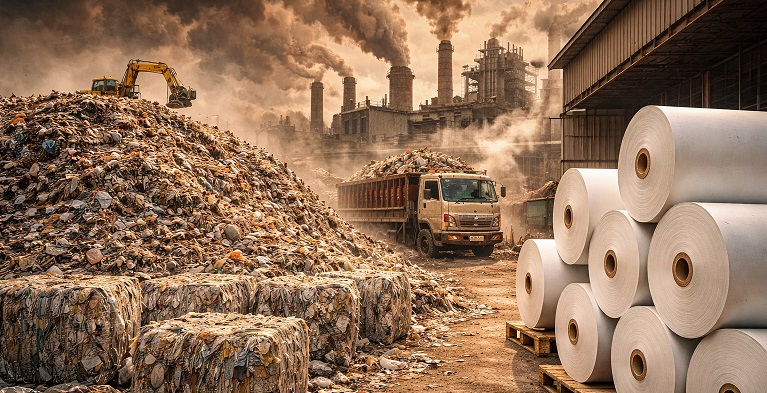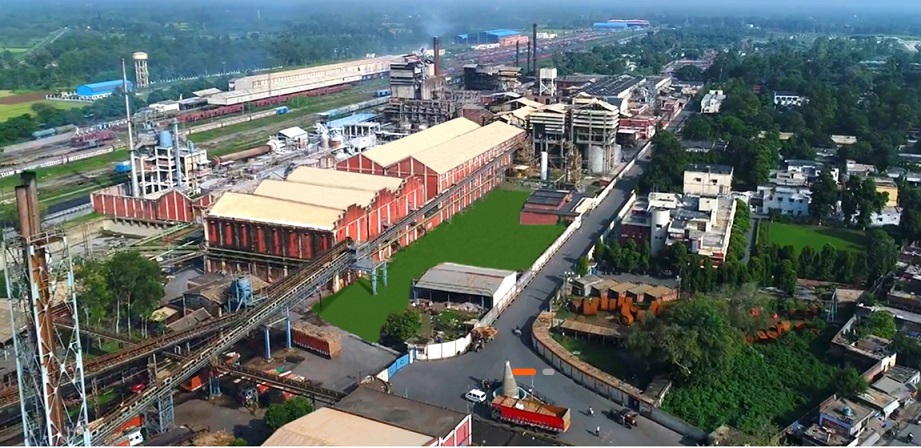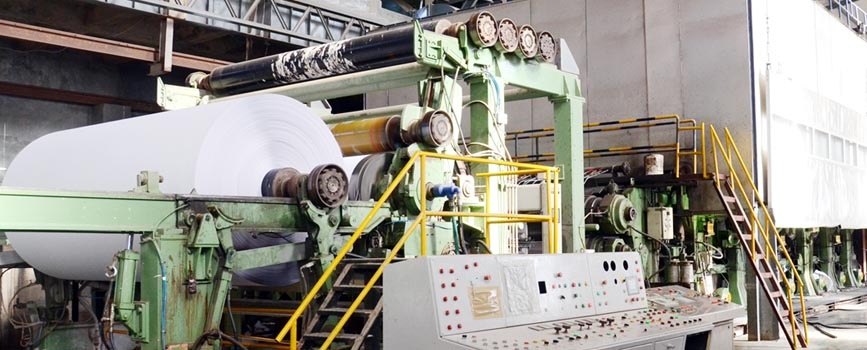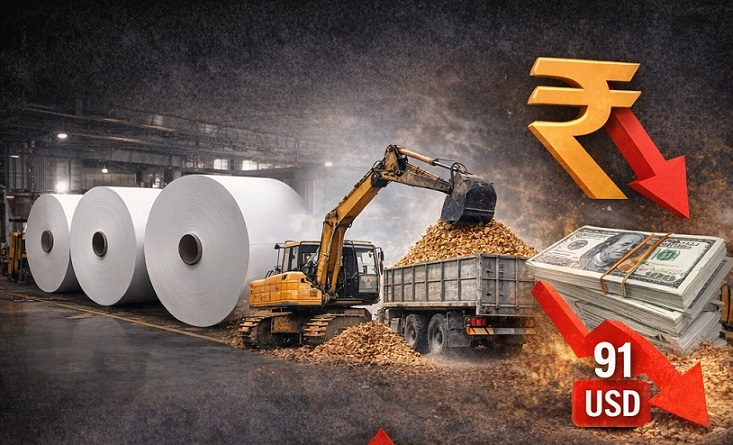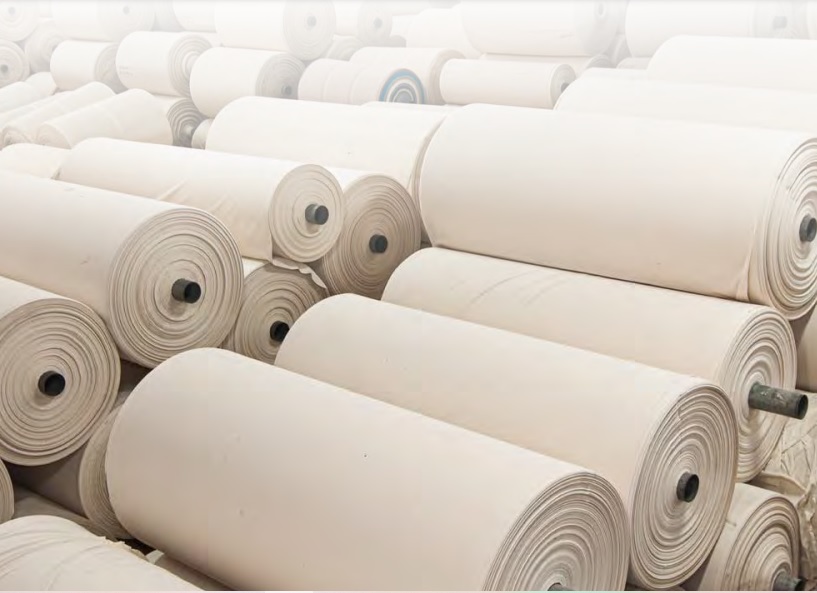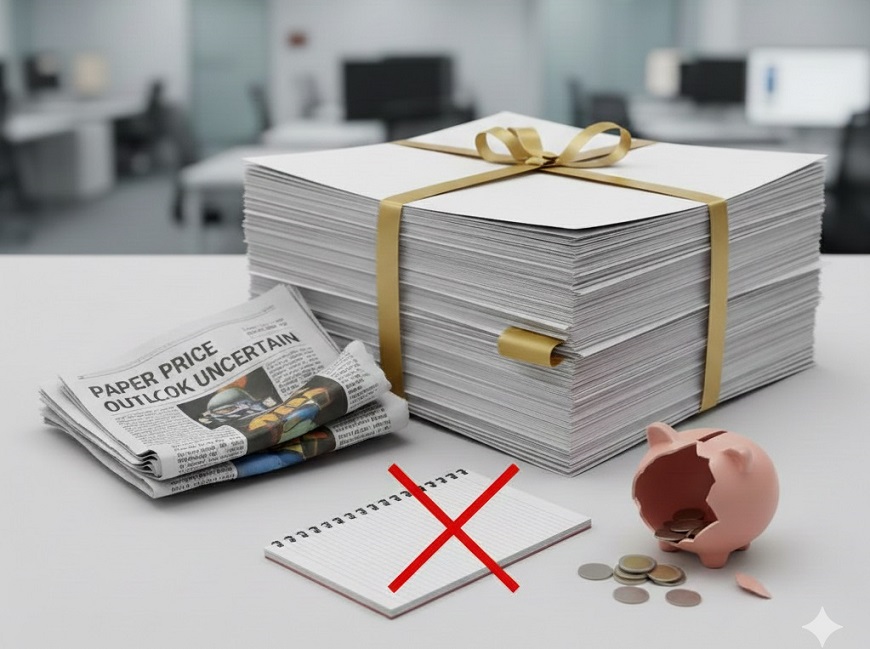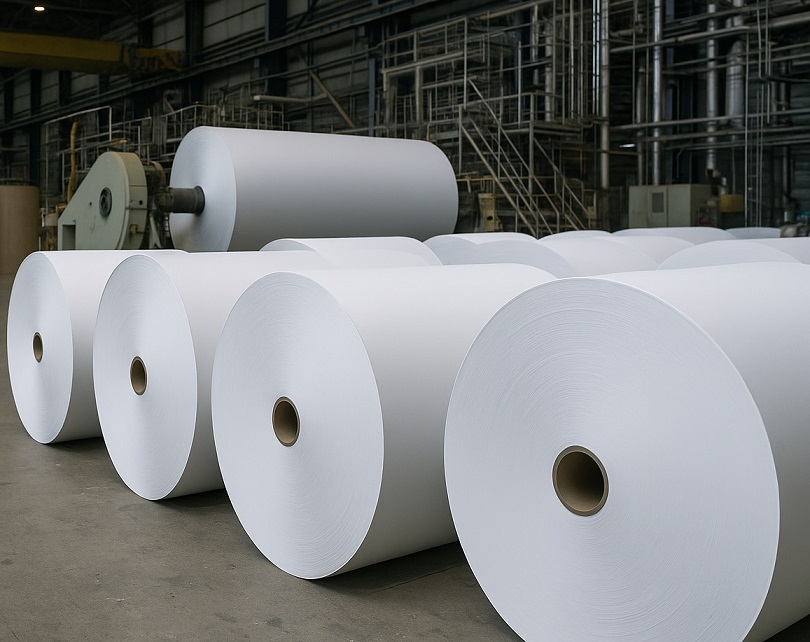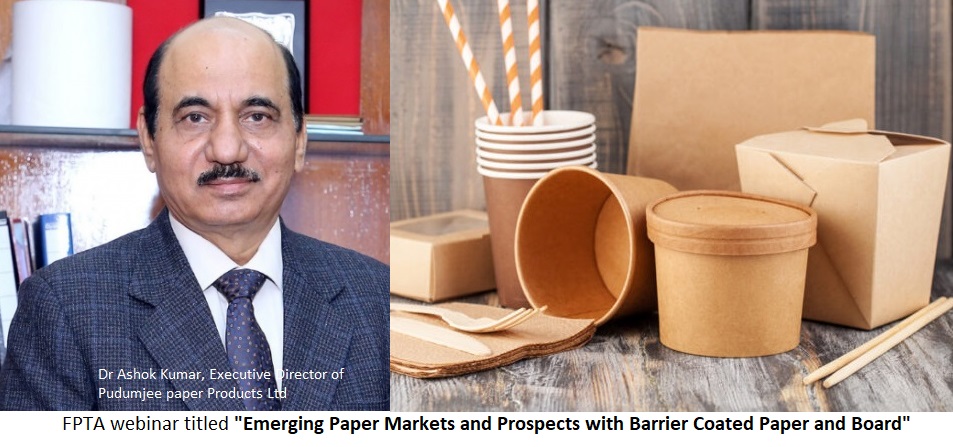Recovered paper prices in Europe continued their downward trajectory in Q3Y24, while key Asian markets remained subdued
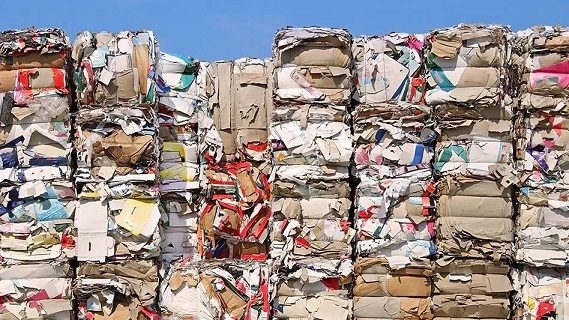
Recovered paper prices in Europe continued their downward trajectory in Q3Y24, while key Asian markets remained subdued
- OCC and mixed paper saw a particularly sharp decline of almost 25% in some cases
- Several mills - particularly in Germany - opting to extend their shutdowns well into the third quarter
- The shipping crisis in the Red Sea contributed to rising transit costs and extended lead times, making it difficult for European exporters to compete effectively.
The reports from Bureau of International Recycling (BIR) ’s president and various region’s expert contributors underline the interconnectivity of the various markets as well as the impact of shifting freight rates on global movements of recovered fibre. Another theme to emerge from these contributions is the pressure on businesses from multiple sources, such as low demand at a time of high costs, notably for energy.
The Pulp and Paper Times
The third quarter of 2024 was characterized by significant turbulence, shaped by a convergence of high energy costs, weak demand from domestic mills and constrained export markets. While these pressures are not entirely new to the industry, their intensity reached levels that many within the sector had not anticipated.
During the quarter, recovered paper prices in Europe continued their downward trajectory. OCC and mixed paper saw a particularly sharp decline of almost 25% in some cases. While price drops are not unfamiliar to the sector, this contraction was notable both for its scale and its timing. Historically, the third quarter represents a period of relative stability as mills ramp up production following the summer holiday shutdowns. In 2024, however, the opposite occurred, with several mills - particularly in Germany - opting to extend their shutdowns well into the third quarter.
The primary driver of this price contraction was a marked reduction in demand from the packaging sector. Packaging, which consumes the bulk of Europe’s recovered paper, saw a significant reduction in output owing to lower consumption in the downstream industries that it supports. The automotive and aerospace sectors, in particular, experienced a slowdown, with packaging production down by as much as 17% in certain regions.
Also in this past quarter, energy prices continued to weigh heavily on the sector. With gas prices remaining high throughout much of 2024, many mills are still being forced to curtail production or extend planned shutdowns as the cost of production outweighs potential profits, as was the case particularly in Germany.
The export market, which has historically acted as a relief valve for Europe’s recovered paper supply, also faced significant challenges in the third quarter. Key Asian markets such as India, Indonesia and Vietnam, which have been traditional destinations for European recovered paper, remained subdued owing to ongoing logistical disruption and weaker demand. The shipping crisis in the Red Sea contributed to rising transit costs and extended lead times, making it difficult for European exporters to compete effectively.
Although no longer directly importing recovered paper, China continues to play an outsized role in shaping the global recovered fibre market through its demand for recycled pulp and finished products sourced from neighbouring countries. Even here, however, demand remained weak in the third quarter as Chinese mills grappled with their own domestic challenges, including energy costs and regulatory pressures.
Export volumes to Asia dropped sharply and, by the middle of the quarter, flows of OCC and other bulk grades from Europe had somewhat stagnated. Some exporters attempted to shift their focus to alternative markets, including Turkey and the Middle East, but these also faced economic headwinds, including high inflation and currency volatility, which limited their ability to absorb European recovered paper at competitive prices.
On the operational front, there has been increasing uncertainty surrounding the future of gas supplies across Europe, particularly in light of the ongoing conflict in Ukraine. Public discussions about potential gas rationing or triage for industrial users are at the source of this unrest, particularly for energy-intensive sectors such as paper production.
The volatility in the recovered paper market also led to a number of strategic shifts within the industry as companies sought to consolidate their positions in the face of declining margins. Several mid-sized operators are exploring potential buyouts or partnerships with larger, more financially stable players. The financial health of many smaller operators remained a key concern, with some at risk of bankruptcy owing to the combination of low prices, high energy costs and weak demand.
At the same time, larger operators have continued to invest in advanced recycling technologies, with the aim of improving efficiency and reducing their reliance on energy-intensive processes.
Several major players, including Stora Enso and Smurfit Kappa, have announced new investments in recovered fibre processing facilities, although these projects are unlikely to have a meaningful impact on the market until at least 2025.
One notable acquisition in the third quarter was Mondi’s purchase of a recycling plant in Poland, which expanded its capacity to process recovered fibre for use in its packaging products. This acquisition is part of Mondi’s broader strategy to vertically integrate its supply chain, reducing its exposure to price volatility in the recovered paper market.
Looking to the fourth quarter and beyond, the immediate future for the industry looks uncertain. On the one hand, there is some hope that prices may begin to stabilize, particularly if energy costs ease and demand picks up from key sectors such as automotive and aerospace. However, there is also a growing recognition that the structural challenges facing the industry - including high energy costs, oversupply and weak demand in key export markets - are unlikely to dissipate in the near term.
The industry is currently navigating turbulent waters which are creating unrest and apprehension for the immediate future. Undoubtedly, the recovered paper sector has shown time and again that it possesses the resilience to come out on top, and it is quite unlikely that this time will be any different, although a price might have to be paid in terms of mergers, acquisitions and consolidation across the board.
Web Title: Recovered paper prices in Europe continued their downward trajectory in Q3Y24, while key Asian markets remained subdued




 Join WhatsApp Group
Join WhatsApp Group Join Telegram Channel
Join Telegram Channel Join YouTube Channel
Join YouTube Channel Join Job Channel (View | Submit Jobs)
Join Job Channel (View | Submit Jobs) Join Buy Sell Channel (Free to Submit)
Join Buy Sell Channel (Free to Submit) Paper News Headlines Channel (Free to read)
Paper News Headlines Channel (Free to read)




